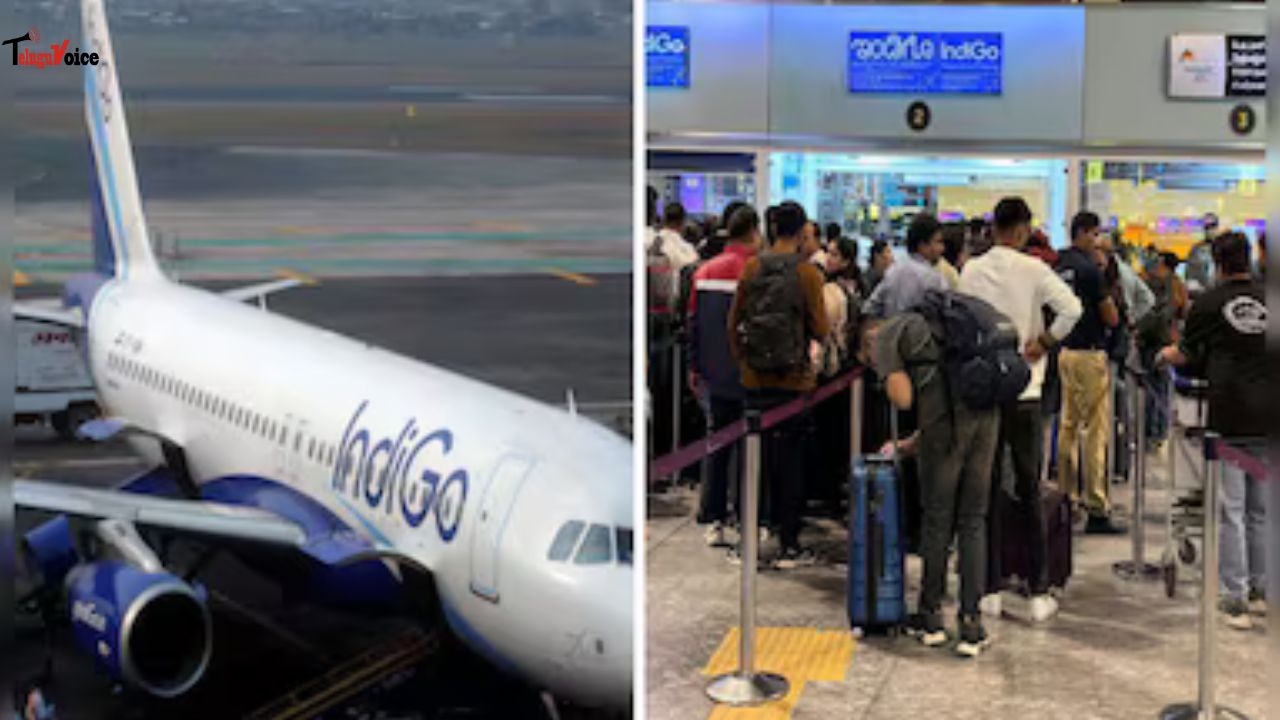No Strangers to Tremors Amid Seismic Activity

The residents of Hyderabad and surrounding areas have occasionally felt light to moderate tremors, often triggered by seismic activity from nearby regions. Historical precedents highlight the region's vulnerability, as evidenced by the aftermath of the devastating Latur earthquake in 1993.
On September 30, 1993, the Latur earthquake struck with a magnitude of 6.3 at 3:56 am, causing widespread destruction in Killari, Maharashtra. Due to its proximity—just 200 km from Hyderabad—the tremors were also felt in Hyderabad and nearby areas.
Dr. Sri Nagesh, former head of the Seismology Division at the National Geophysical Research Institute (NGRI), recalls that tremors of varying intensities have been recorded across Telangana over the decades. "The recent 5.3-magnitude earthquake in the Medaram-Mulugu region on Wednesday is the strongest recorded in the state since 1969," he said.
The Medaram-Mulugu-Bhadrachalam belt is marked as a seismically vulnerable region on the Geological Survey of India’s (GSI) seismic-tectonic atlas map. The earthquake occurred at a depth of approximately 40 kilometers below the Earth's surface, generating tremors that extended across a radius of 200-300 kilometers, including Hyderabad, Vijayawada, and other parts of Andhra Pradesh and Telangana.
Dr. Nagesh attributes the tremors to the seismic zone classification of the region:
"This zone frequently experiences earthquakes ranging from magnitudes of 2 to 3, as recorded by NGRI. These seismic recordings are critical for guiding local municipalities and urban planners in designing resilient infrastructure that can withstand potential tremors."
While the earthquake in the Medaram-Mulugu region was less destructive compared to Latur, it serves as a stark reminder of the region's seismic sensitivity. Experts urge proactive measures in urban planning and infrastructure development to mitigate risks associated with future seismic activity.

 South Africa tour of India 2019
South Africa tour of India 2019










Comments